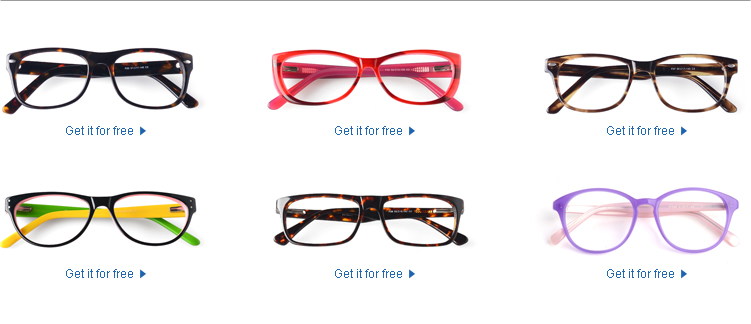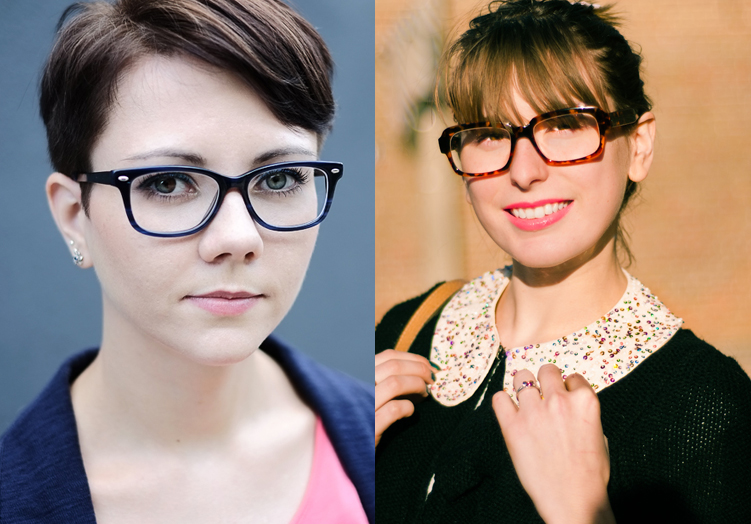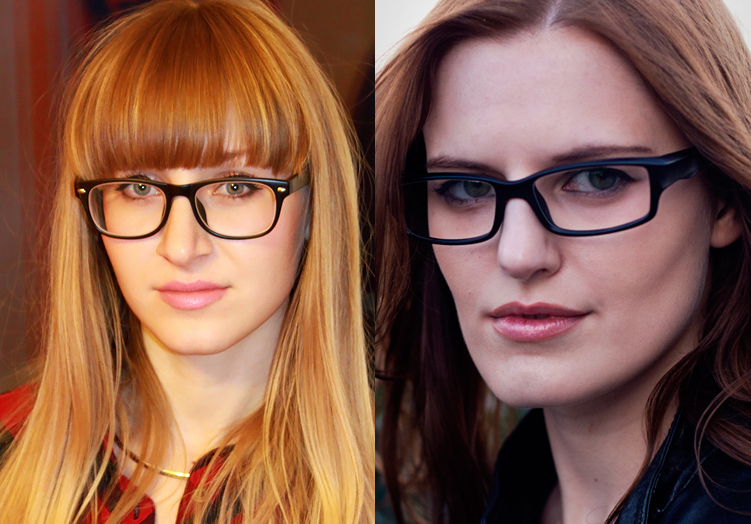Discover your perfect coffee
Coffee is big business these days. Large multinational coffee chains are taking over the high street, people can be regularly seen walking to work swinging their Styrofoam cup and there are all kinds of flavours, toppings and extras you can have. Making the perfect cup of coffee is trickier than it sounds. With so many varieties of coffee, milk versus black, whether to add sugar, what the right strength is, espresso, cappuccino, latte... it is quite impossible these days to ask someone if they'd like a coffee without having to follow up with a list of questions about how they prefer it.
While there are many delicious types of instant coffee out there, coffee aficionados would argue that the only way to make coffee is to brew it yourself. But once again you hit a minefield of questions, such as whether to invest in a coffee machine or whether you can get an equally good cup of coffee using a cafetière.
What's the difference?
A filter coffee maker heats up the water before dripping it through a filter – either paper or plastic – filled with coffee grains. The coffee collects in the jug below – this is sometimes known as a drip brew. A cafetière, meanwhile, has the coffee and hot water added together and is left a short while before the plunger is lowered to leave the coffee liquid in the jug. Is one better than the other? It's all a question of taste – some people think you need a cafetiere for great coffee while others think a more traditional machine is the only way forward.
Filter coffee will most likely have a lighter body than coffee prepared in a cafetière, meaning it will just lightly coat your tongue, whereas cafetière coffee is much fuller in body, coating the whole of your mouth and giving a stronger, more long-lasting flavour.
Cafetière coffee will give you a slightly more muddled set of flavours. It contains more compounds than filter coffee, meaning there are more flavours swirling around your cup, which can be a little confusing for your tastebuds. A filter coffee will have a clearer flavour, giving you a simpler, cleaner cup of coffee.
Something which coffee lovers dislike about using a cafetière is the amount of sediment at the bottom of the cup. This is inevitable – when you depress the plunger, small amounts of undissolved coffee can get through the holes, which then sinks to the bottom of your cup. This is not something you'll often find with filter coffee, which produces a much cleaner coffee as the holes in the filter paper are too small for the coffee to pass through.
The verdict?
There really isn't one option better than another. Some people prefer to put a teaspoon of instant coffee in a cup, fill it with hot water and drink it straight away. Others prefer to grind their own beans, source specific types of coffee and put lots of time and effort into the perfect brew. So give it a bit of trial and error to see which one works best for you.

























.JPG)
